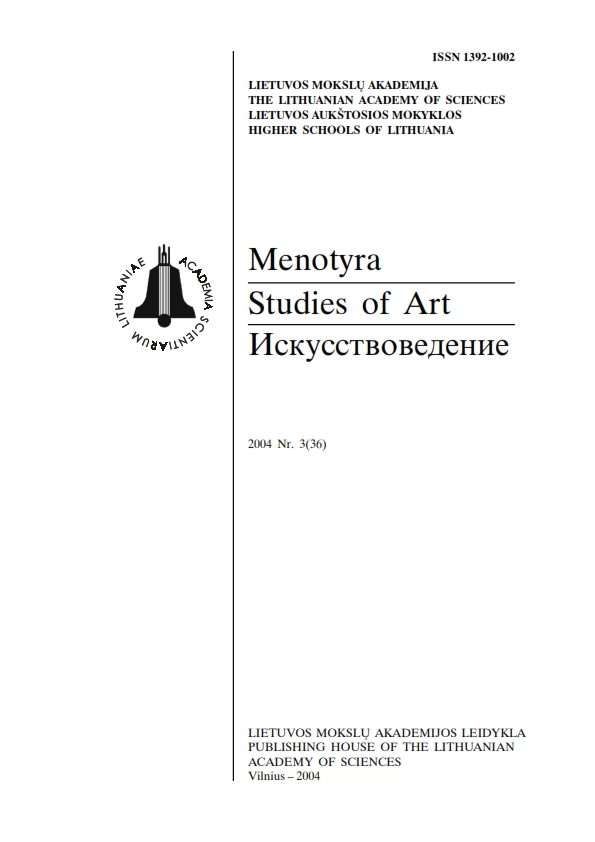Veliuonos Madonos ikonografija ir analogai
The iconography and analogues of the Veliuona's Madonna
Author(s): Lijana Birškytė-KlimienėSubject(s): Christian Theology and Religion, Cultural history, Visual Arts, 16th Century
Published by: Lietuvos mokslų akademijos leidykla
Summary/Abstract: The article analyses the provinience, iconography and style of the wooden sculpture of the Virgin Mary and Child from the parish church of the Assumption of Virgin Mary from Veliuona (called Veliuona's Madonna, Lithuania), exhibited at the National M. K. Čiurlionis Art Museum in Kaunas. The author affirms that the sculpture belongs to the mixed iconographical type of the Virgin Mary Queen of Heaven, with attributes of grapes and probably lost goldfinch, fruit or other attribute indicating the Passion of Christ. The crescent with a man's face near the feet of the Virgin symbolizes the Immaculate Conception of Virgin Mary. The gilded sculpture was undoubtedly made by a professional artist from the circle of Elbing (the Kingdom of Prussia) wood carvers, because similar stylistic features are visible in analogous sculptures of Virgin Mary with Child from the Holy Body church in Elbląg and St Ann and St Augustin church in Lidzbark Warmińsky (today's Poland). The late gothic sculpture with features of Renaissance from the church of Veliuona was created about 1500-1520. Historical sources, above all surviving inventories of Veliuona's parish church are not precise enough to allow identifying any of the descriptions of the Virgin's sculptures describing the Madonna of Veliuona. Therefore, it is likely that the sculpture was brought to Veliuona much later than it had been carved.
Journal: Menotyra
- Issue Year: 2004
- Issue No: 3(36)
- Page Range: 1-9
- Page Count: 9
- Language: Lithuanian

